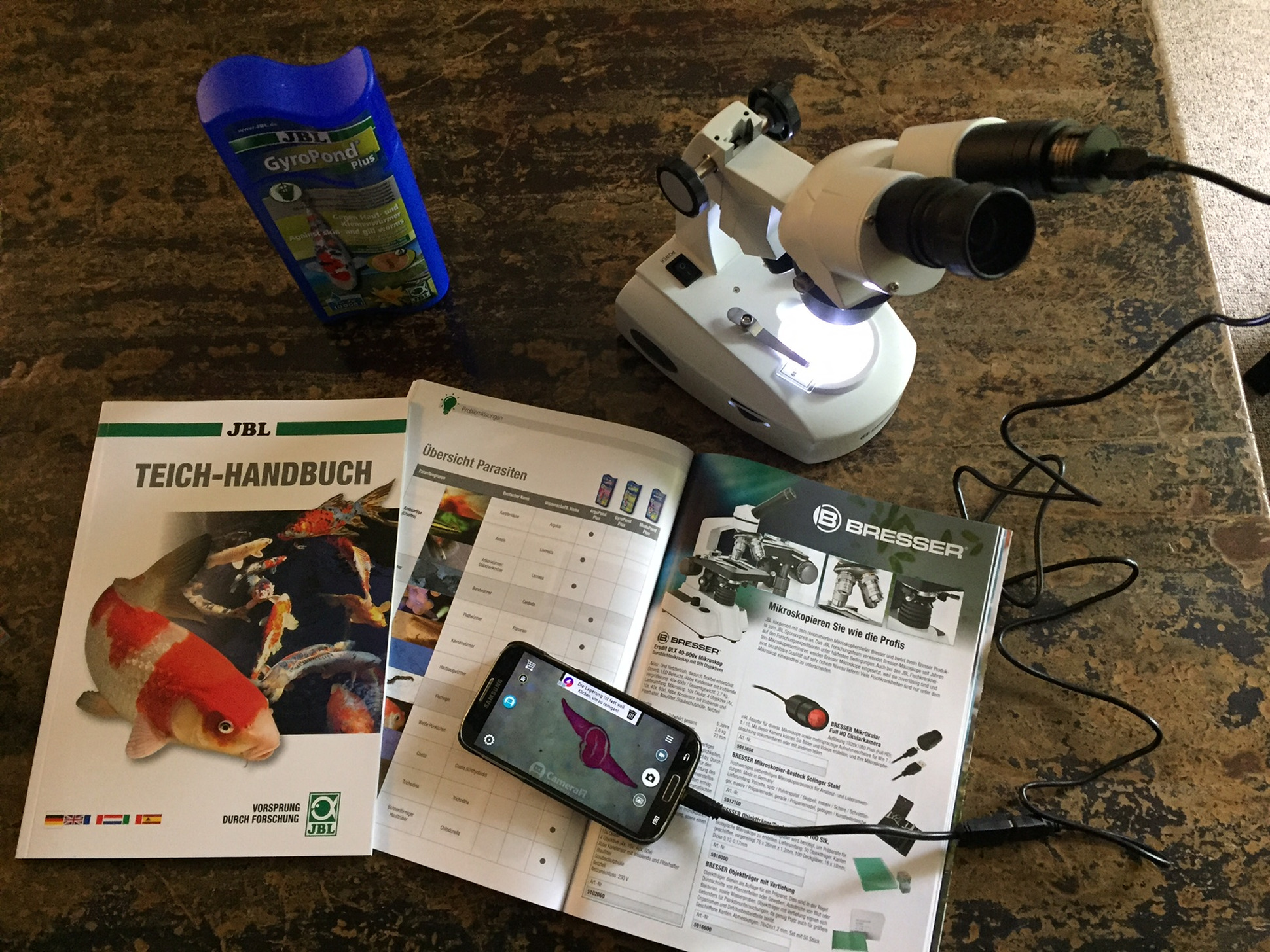Water Penetration What It Is And Diagnosing It
Saturday, April 21, 2018
Edit

Image source: https://www.jbl.de/images/container/w1940/71151.jpg
Water Penetration: The Basics -
During Brisbane building inspections, homes are examined for all sorts of things. Water damage and water penetration are two of the most common things that are uncovered by inspectors. All too often, homeowners remain blithely unaware of leaks and other problems that occur, allowing the water to penetrate deep into various parts of the structure of a home. Sometimes, such problems are quite apparent - a stained ceiling, for instance, can belie the water penetration above. More often than not, though, detecting such issues is a bit more tricky.
Detecting Water Penetration -
Every now and then, pest inspections Brisbane bring a serious water damage problem to light for homeowners. Most of the time, though, such issues must be unearthed through plain old detective work. Periodically looking your home over for signs of water penetration is one of the best ways to keep major problems at bay. As a conscientious homeowner, you should get into the habit of inspecting your home for signs of water penetration. It's one of the easier, most inexpensive ways to ward off major problems down the road.
Perform your inspection for water penetration on a rainy day, if possible. For best results, do it on a day when it is pouring buckets outside, as this will increase the odds that even very minor problems will be detected. Checking from beneath, within the roof space, is the best way to ensure that there is nothing amiss. If there are any leaks, you should be able to track them down quite easily and determine their source more efficiently.
What If It Isn't Raining?
If you want to inspect your roof for signs of water penetration but it isn't raining outside, there are still some telltale signs that you can look for. Taking a close look at the roof framing timbers is one of the most effective ways of checking for this kind of damage without seeing the actual "drip, drip, drip" of a leak. In this case, you'll be checking those timbers out for the powdery white trails that can signify evaporated mineral salt deposits. You may also look for brown stains, but they may or may not indicate a leak or water penetration. During the day, even minute holes or rust decays in a metal roof will be apparent.